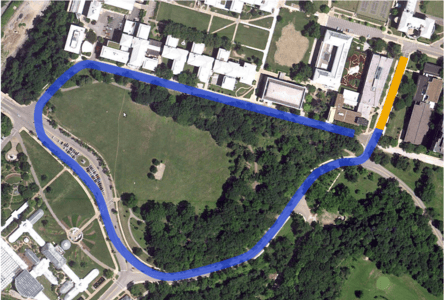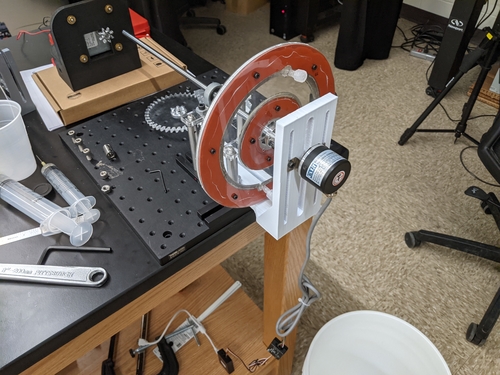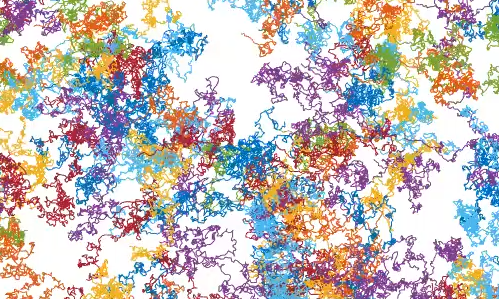Page Not Found
Page not found. Your pixels are in another canvas.
A list of all the posts and pages found on the site. For you robots out there is an XML version available for digesting as well.
Page not found. Your pixels are in another canvas.
This is a page not in th emain menu
Published:
This post will show up by default. To disable scheduling of future posts, edit config.yml and set future: false.
Published:
This is a sample blog post. Lorem ipsum I can’t remember the rest of lorem ipsum and don’t have an internet connection right now. Testing testing testing this blog post. Blog posts are cool.
Published:
This is a sample blog post. Lorem ipsum I can’t remember the rest of lorem ipsum and don’t have an internet connection right now. Testing testing testing this blog post. Blog posts are cool.
Published:
This is a sample blog post. Lorem ipsum I can’t remember the rest of lorem ipsum and don’t have an internet connection right now. Testing testing testing this blog post. Blog posts are cool.
Published:
This is a sample blog post. Lorem ipsum I can’t remember the rest of lorem ipsum and don’t have an internet connection right now. Testing testing testing this blog post. Blog posts are cool.
Graduate research project, Carnegie Mellon University
24-788 and 24-789 course exercises, Carnegie Mellon University
24-774 course project, Carnegie Mellon University 
24-677 course project, Carnegie Mellon University 
ME 470 course project, University of Illinois. Cover image by Hima Pamu 
Undergraduate research project, University of Illinois. Cover image by Hima Pamu 
Undergraduate research project, University of Illinois. Cover image by Hima Pamu 
Undergraduate research project, University of Illinois. Cover image by Hima Pamu 
ME 270 course final project, University of Illinois. Cover image by Hima Pamu 
Using ubiquitous drone technology for mapping passageways. Cover image by Hima Pamu 
ME 400 course final paper, University of Illinois. Cover image by Dio Alif Utomo
Published in Environmental Science & Technology, 2023
In marine environments, microscopic droplets of oil can be transported over large distances in the water column. Bacterial growth on the droplets’ surface can deform the oil–water interface to generate complex shapes and significantly enlarge droplets. Understanding the fate of spilled oil droplets requires bridging these length scales and determining how microscale processes affect the large-scale transport of oil. Here, we describe an experimental setup, the hydrodynamic treadmill, developed to keep rising oil droplets stationary in the lab frame for continuous and direct observation. Oil droplets with radii 10 < R < 100 \μm were colonized and deformed by bacteria over several days before their effective rising speeds were measured. The rising speeds of deformed droplets were significantly slower than those of droplets without bacteria. This decrease in rising speed is understood by an increase in drag force and a decrease in buoyancy as a result of bio-aggregate formation at the droplet surface. Additionally, we found sinking bio-aggregate particles of oil and bacterial biofilms and quantified their composition using fluorescence microscopy. Our experiments can be adapted to further study the interactions between oil droplets and marine organisms and could significantly improve our understanding of the transport of hydrocarbons and complex aggregates.
Recommended citation: Hickl, Vincent, Hima Hrithik Pamu, and Gabriel Juarez. "Hydrodynamic Treadmill Reveals Reduced Rising Speeds of Oil Droplets Deformed by Marine Bacteria." Environmental Science & Technology 57.37 (2023): 14082-14089. https://pubs.acs.org/doi/abs/10.1021/acs.est.3c04902
Published in -, 2024
Animals can accomplish many incredible behavioral feats across a wide range of operational environments and scales that current robots struggle to match. One explanation for this performance gap is the extraordinary properties of the biological materials that comprise animals, such as muscle tissue. Using living muscle tissue as an actuator can endow robotic systems with highly desirable properties such as self-healing, compliance, and biocompatibility. Unlike traditional soft robotic actuators, living muscle biohybrid actuators exhibit unique adaptability, growing stronger with use. The dependency of a muscle’s force output on its use history endows muscular organisms the ability to dynamically adapt to their environment, getting better at tasks over time. While muscle adaptability is a benefit to muscular organisms, it currently presents a challenge for biohybrid researchers: how does one design and control a robot whose actuators’ force output changes over time? Here, we incorporate muscle adaptability into a many-muscle biohybrid robot design and modeling tool, leveraging reinforcement learning as both a co-design partner and system controller. As a controller, our learning agents coordinated the independent contraction of 42 muscles distributed on a lattice worm structure to successfully steer it towards eight distinct targets while incorporating muscle adaptability. As a co-design tool, our agents enable users to identify which muscles are important to accomplishing a given task. Our results show that adaptive agents outperform non-adaptive agents in terms of maximum rewards and training time. Together, these contributions can both enable the elucidation of muscle actuator adaptation and inform the design and modeling of adaptive, performant, many-muscle robots.
Recommended citation: Schaffer, Saul, Hima Hrithik Pamu, and Victoria A. Webster-Wood. "Hitting the Gym: Reinforcement Learning Control of Exercise-Strengthened Biohybrid Robots in Simulation." arXiv preprint arXiv:2408.16069 (2024). https://arxiv.org/abs/2408.16069
Published:
This is a description of your talk, which is a markdown files that can be all markdown-ified like any other post. Yay markdown!
Published:
This is a description of your conference proceedings talk, note the different field in type. You can put anything in this field.
Undergraduate course, University 1, Department, 2014
This is a description of a teaching experience. You can use markdown like any other post.
Workshop, University 1, Department, 2015
This is a description of a teaching experience. You can use markdown like any other post.